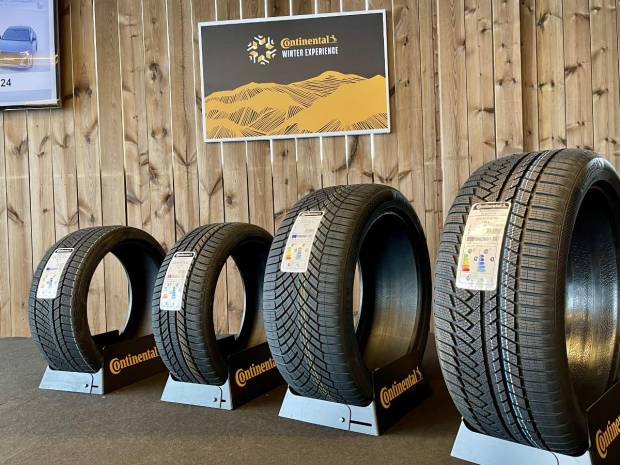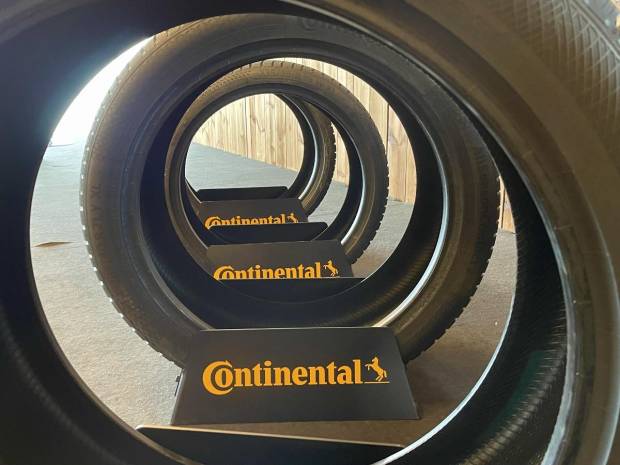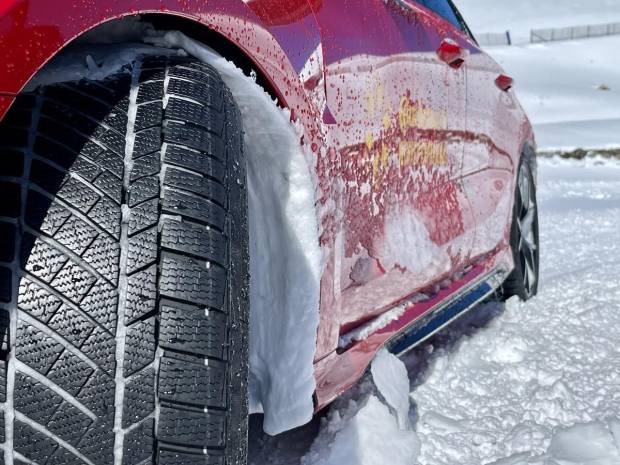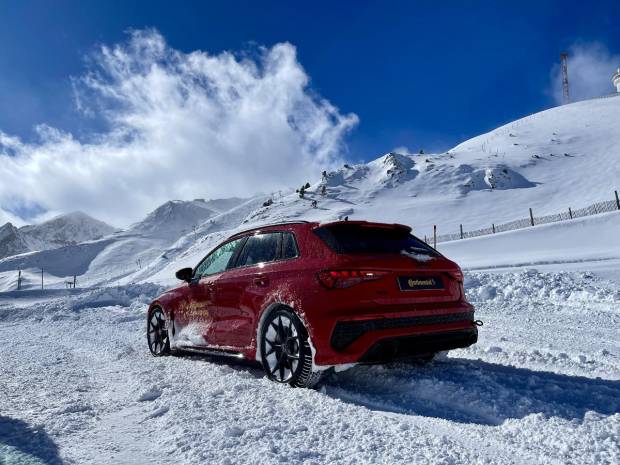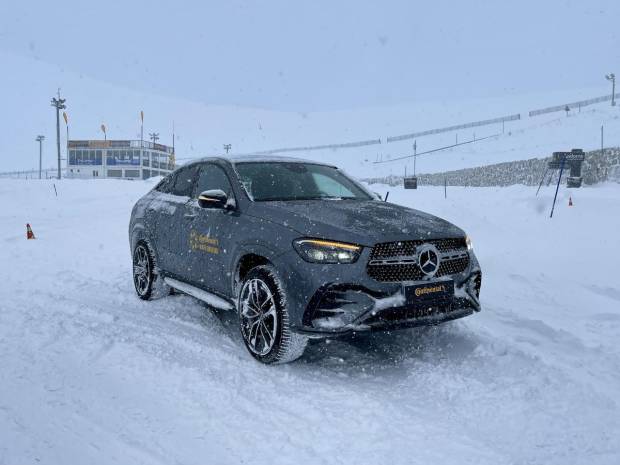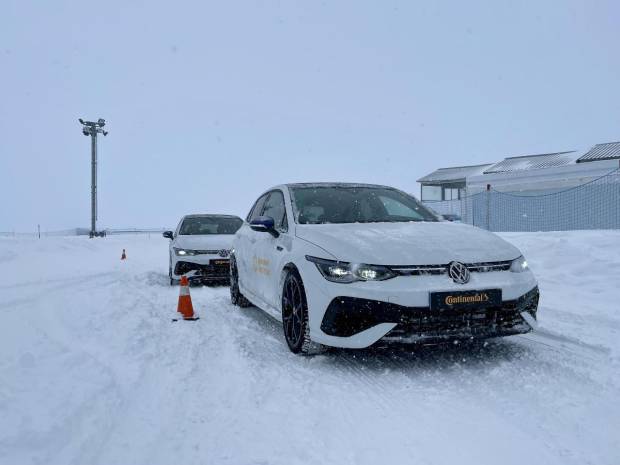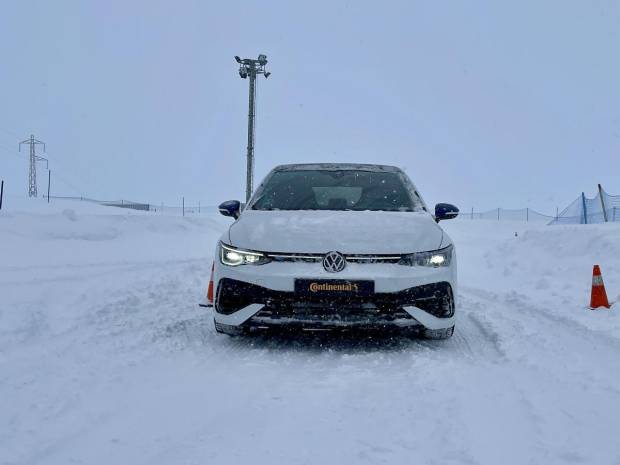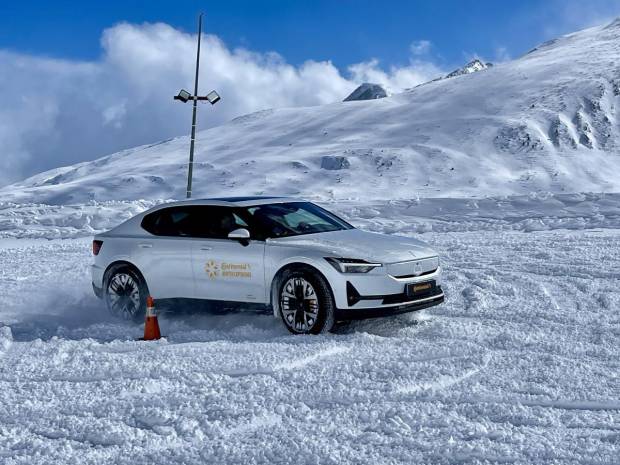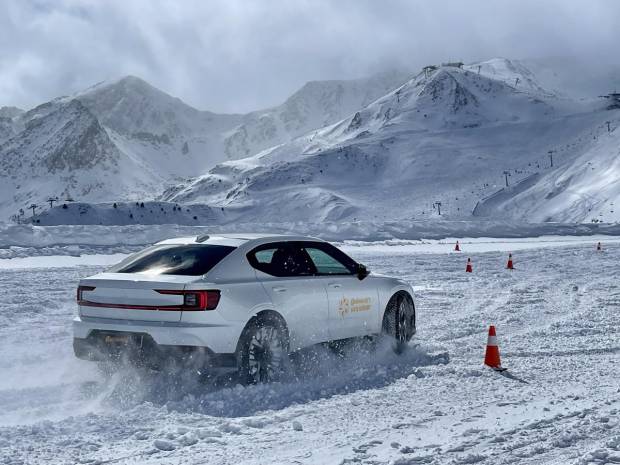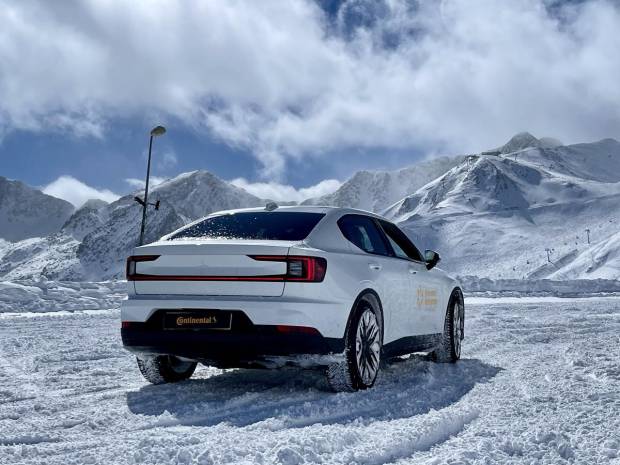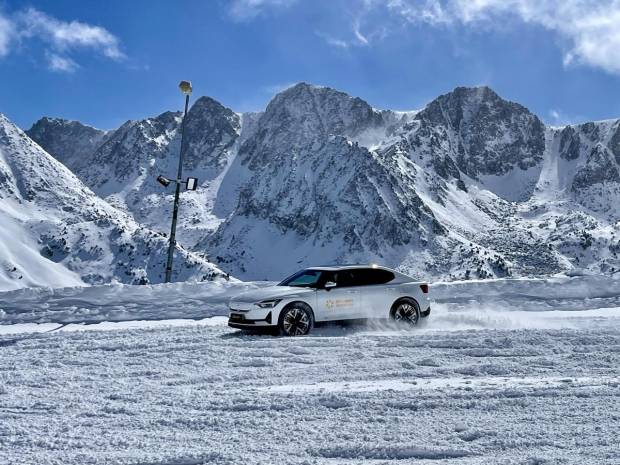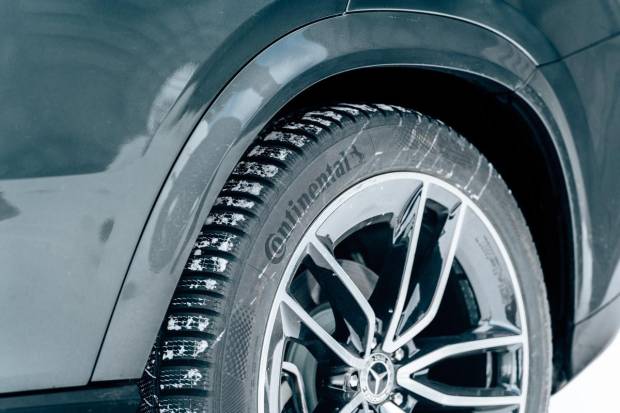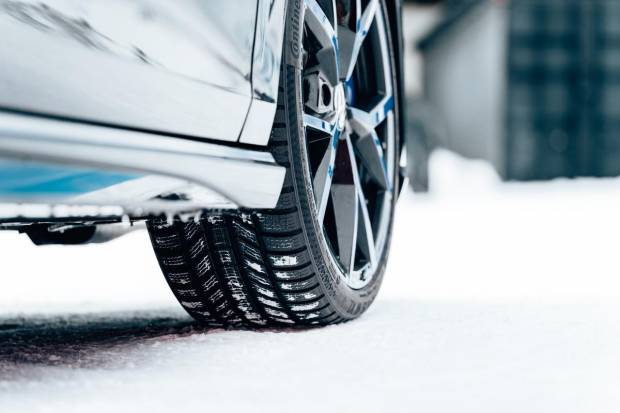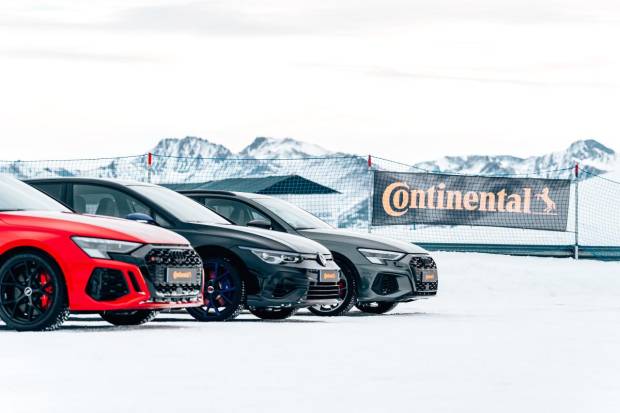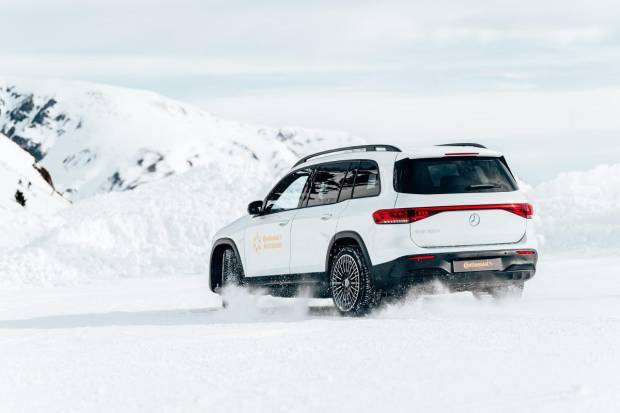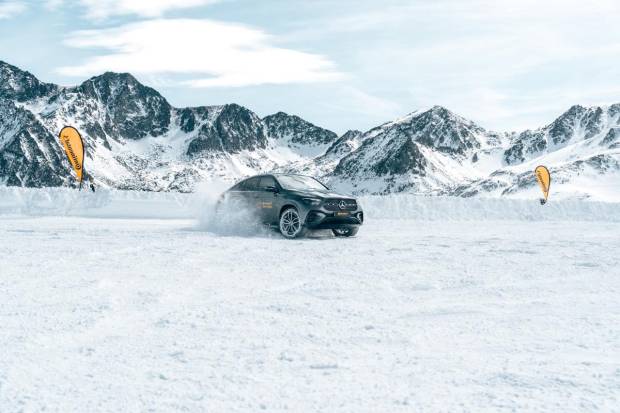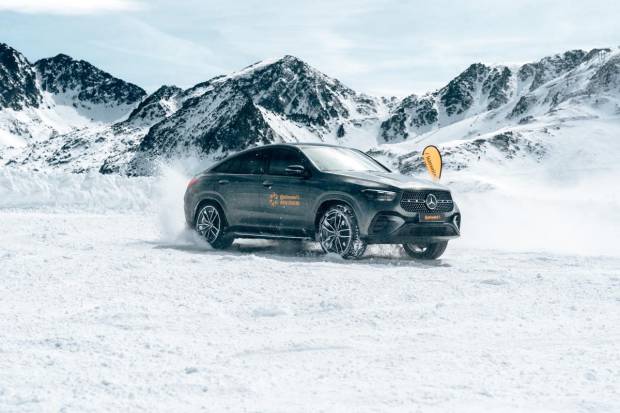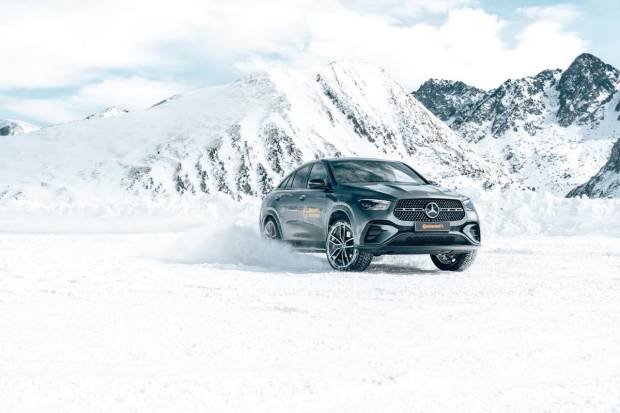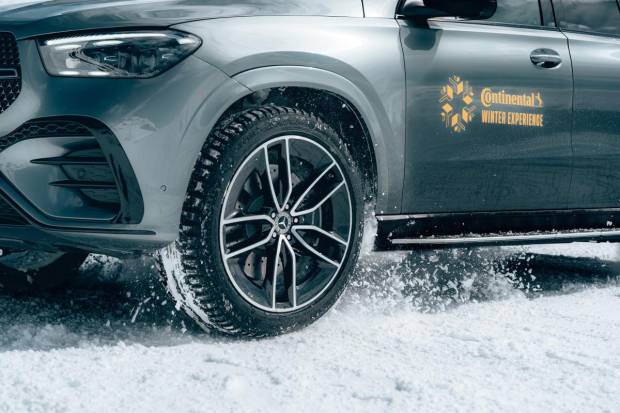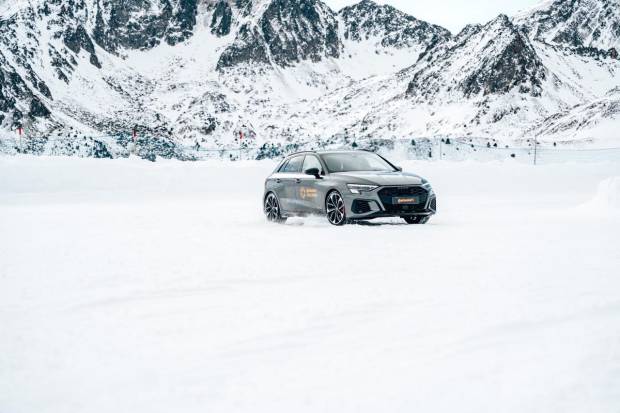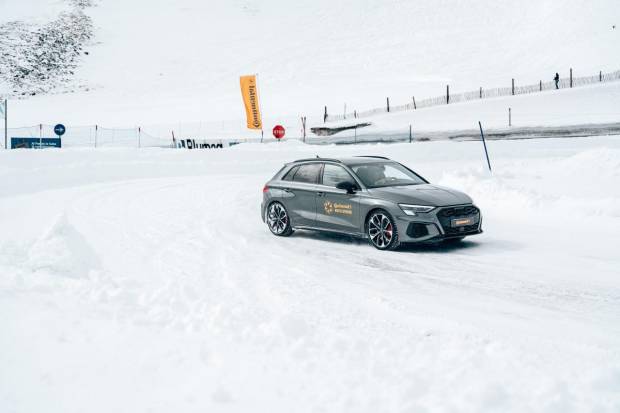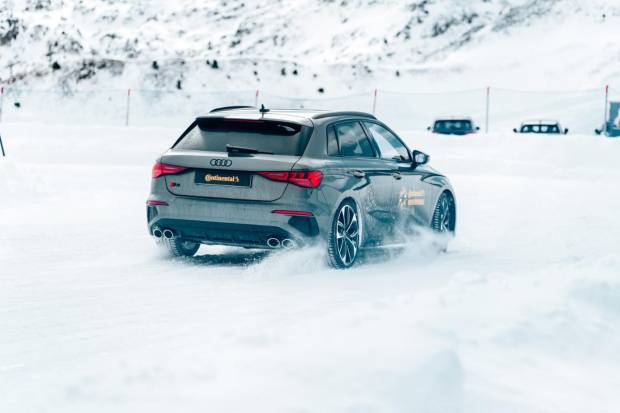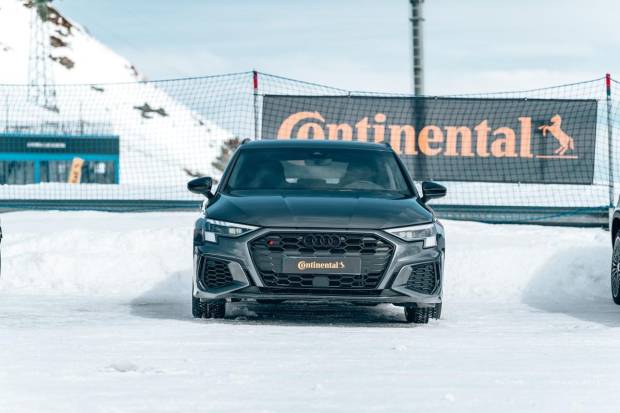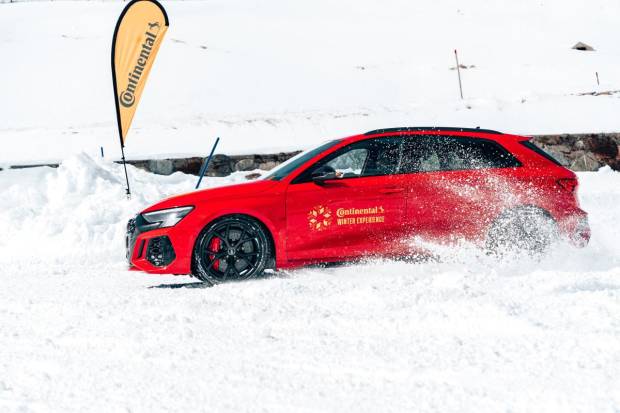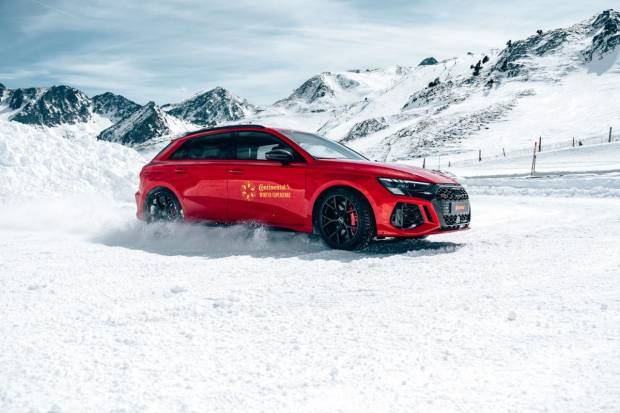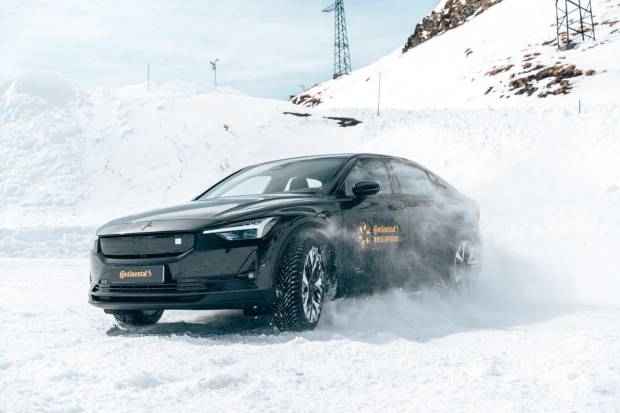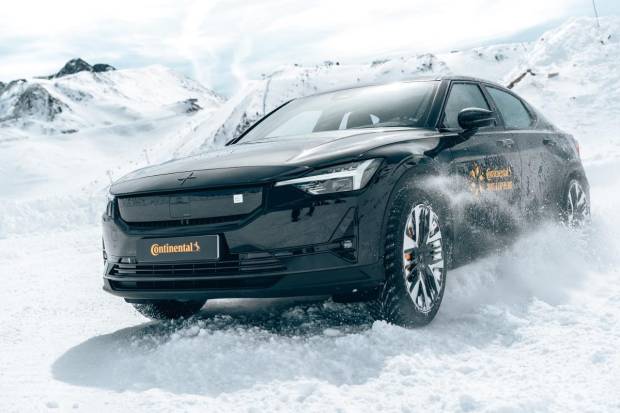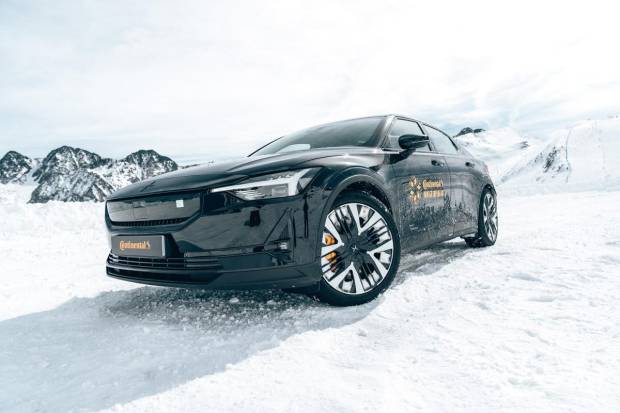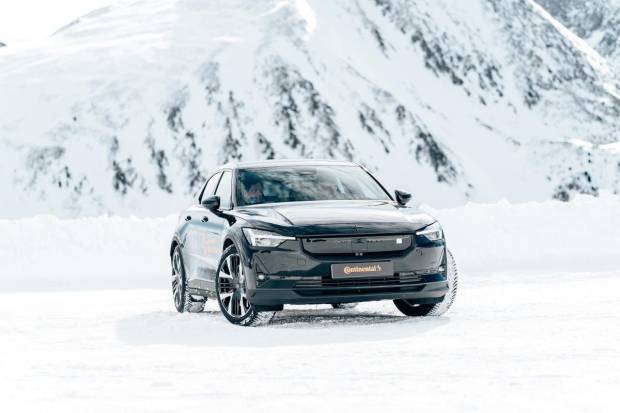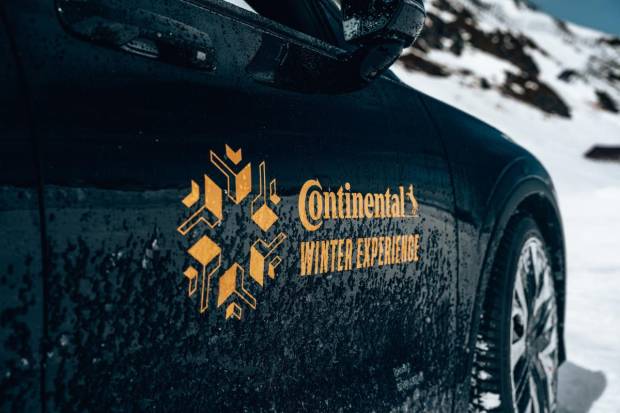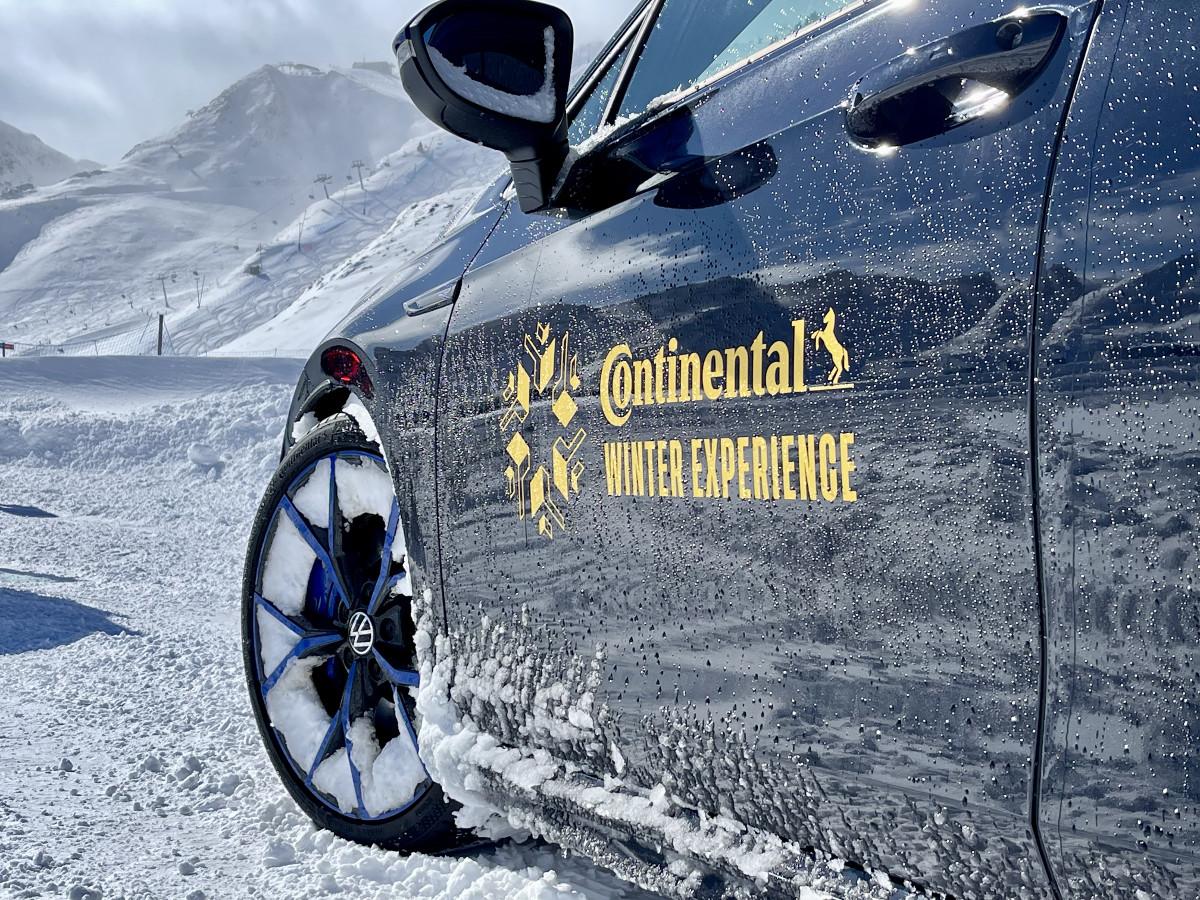
Continental decided to make a demanding test of its winter and AllSeason tires in the Andorra circuitin Pas de la Casa, the highest permanent circuit in the world, located at 2,400 meters altitude and with quite complicated snow and ice conditions.
First let’s get into the situation. Spain has not been a country in which there has been a commitment to winter tires, except mountainous areas and with harsh winters. They are very specific tires for snow driving and? replace chains, being able to circulate on roads that have their circulation restricted only to vehicles that ride on them. In fact, the General Vehicle Regulations quote verbatim:
“When the use of chains or other authorized anti-slip devices is mandatory or recommended, the following must be done:
Or place chains or anti-slip devices on at least one drive wheel on each side of the vehicle, or use special tires.”
When referring to special tires the Continental WinterContact in their different versions they are perfectly valid, just like the AllSeason. Winter tires move like a fish in water at a temperature below -7ºCHowever, summer tires need to exceed 7ºC for optimal grip and consumption conditions.
But what about the tires? Continental AllSeason? Well, a priori they are the most balancedmaintaining some good grip levels both in winter and summerwith the clear advantage of power circulate in any circumstance, as long as they are not very extreme, without the need to make seasonal changes. Of course, they provide extra safety compared to summer tires in adverse rain conditions, and especially snow.
It must be taken into account that, in winter, when the temperature drops below 7ºC, the rubber compound of summer tires hardens, the grip is worse and the braking distance can double.
Design of both tires
But let’s see what it is what differentiates both tires in terms of design.
Thanks to a special rubber compound and its tread design Winter tires grip better on slippery or wet roadsmaintaining its flexibility and good grip even at low temperatures.
He tread pattern It makes the snow press into the widest and deepest grooves of the tread, using the effect of the cut on the snow itself as additional grip. During movement, the sipes cause the tread blocks to deform, forming Gripping edges that accommodate snow and improve road adhesion.
On the other hand, the Continental AllSeason tires present a tread depth, which is neither too superficial nor too deep, favoring full control throughout the year. His adaptable compound It offers the driver top-level performance on snowy and wet roads in winter. Instead, thanks to flexible tread designFeaturing open shoulders with minimal siping, AllSeason tires offer good braking performance on dry and wet summer roads.
Test at the Andorra Circuit
However, to check the grip of both tires in adverse snow conditions, the German tire brand prepared a test for us. test at the Andorra Circuit, precisely during the week in March when so much snow fell. Lots of snow and poor visibility, perfect conditions to test them.
The behavior of the Continental WinterContact It was what was expected of them, exceptional grip and surprisingly very short braking distance in snowyes, increasing as the ice on the surface appeared, but still maintaining control at all times, as long as we did not exceed the laws of physics, of course. We have to keep in mind that with snow and ice the movements, that is, accelerations, turns, must be smooth. And it helps a lot to have a vehicle with four-wheel drive. In this case we had a Mercedes-Benz EQB and GLE, Audi S3, Volkswagen Golf R.
The real surprise came with the AllSeason tires. They were mounted on a Polestar 2, four-wheel drive, 100% electric. The exercises with these tires consisted of performing a slalom and executing a figure 8 route. Sincerely I didn’t notice any difference compared to the winter ones.. Very well executed braking, turns, supports and weight changes. The temperature did not drop below -2ºC, so we are in the range in which they continue to provide all their benefits at 100%.
Winter Continental or AllSeason?
If you live in moderate climates and you rarely have to face severe winter or extreme summer conditions, equipping AllSeason tires is the best option because they offer magnificent benefits throughout the year, especially in terms of safety, and greater comfort, since they can remain mounted all year round. They are designed to offer a good grip in both summer and winter, with good braking performance in dry, wet or sleet. They also provide remarkable durability and energy efficiency.
Instead, If you tend to have harsh winter conditions with ice and snow, then winter tires are the best option. Winter tires are normally used between October and April; and the summer ones from April to September, consequently having to make the change every six months, which represents an inconvenience, but ensures that we can enjoy a security that we would not otherwise have available.
Source: neomotor.epe.es
